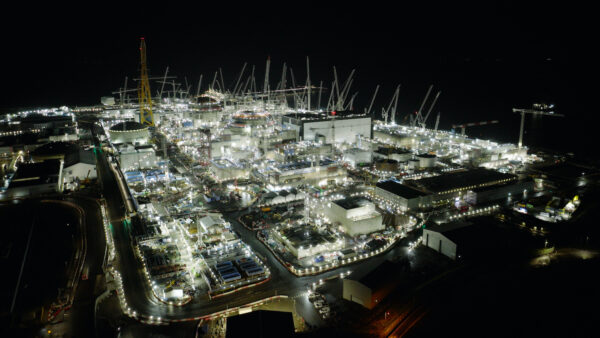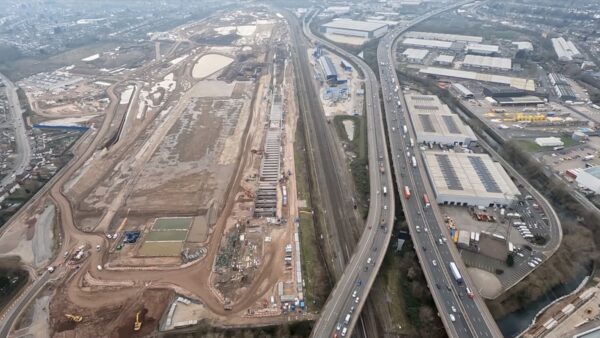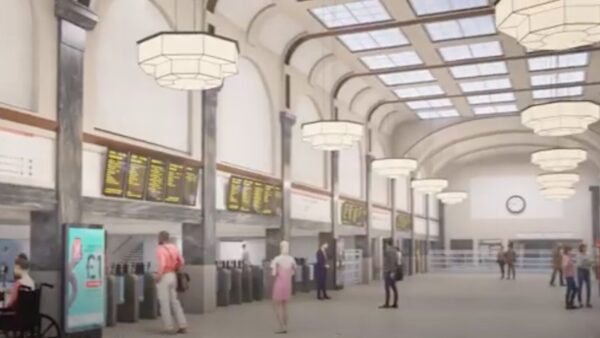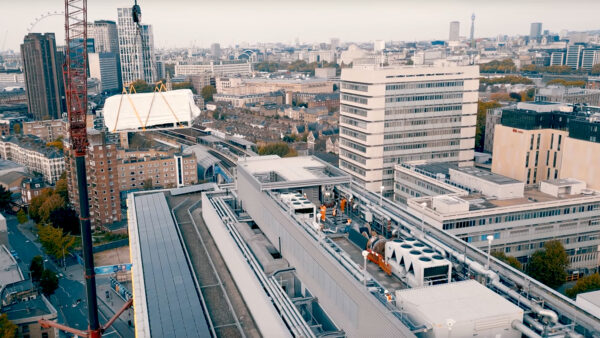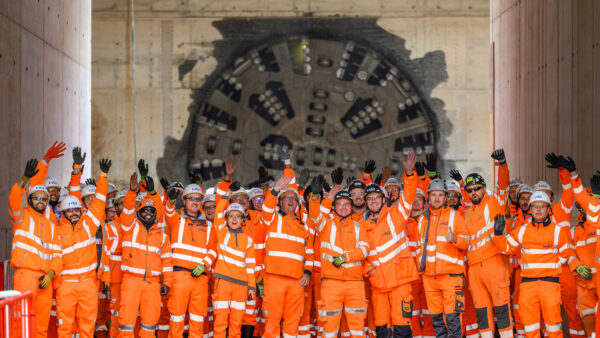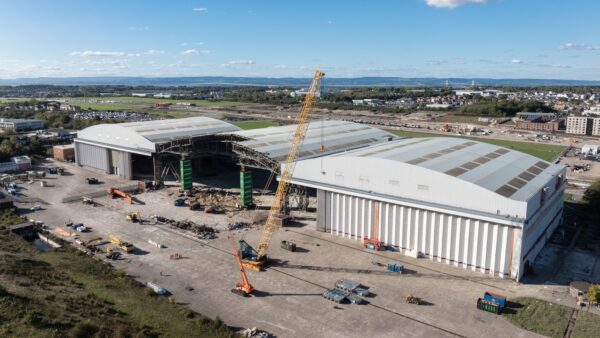Engineers at Babcock have developed a high-tech moveable floor for University College London (UCL).
Academics will use the floor to simulate outdoor environments like high streets and railway stations.
The 600 sq m floor is made up of 441 individually actuated modules.
Babcock built the facility at UCL’s People Environment Activity Research Laboratory (PEARL) in east London.
Each module can be raised, lowered and tilted in three dimensions to create real-world environments where not everything is flat.
Researchers at UCL can configure the floor for a simulation in as little as two to three minutes, compared with two to three days it could previously have taken.
The precision of the actuators is to within 0.1mm, providing fine control over the heights and angles of the surface placed on top.
Sat on four adjustable feet, each 1.2m square module weighs 840kg and can be stacked two high for storage.
The facility also features specialist lighting, dynamic acoustic systems, and olfaction units. Together, they allow UCL to create a configurable, multi-sensory environment.
Researchers will use the facility to study human behaviour to inform designs when developing urban areas of the future.
The facility allows them to carry out interaction studies from micro-scale (brain activity) to macro-scale (for example, crowd behaviour). A range of faculties, including neurosciences, engineering and the arts will use the facility.
Richard Drake, managing director of Babcock Mission Systems, said: “We were delighted to collaborate with UCL to help create an easily configurable, multi-sensory environment which will help urban planners design public infrastructure that can work for everyone.
“PEARL was a fascinating project to be involved with and a great example of how Babcock uses its expertise in mechanical handling, control systems and automation to create bespoke solutions for its customers.”



